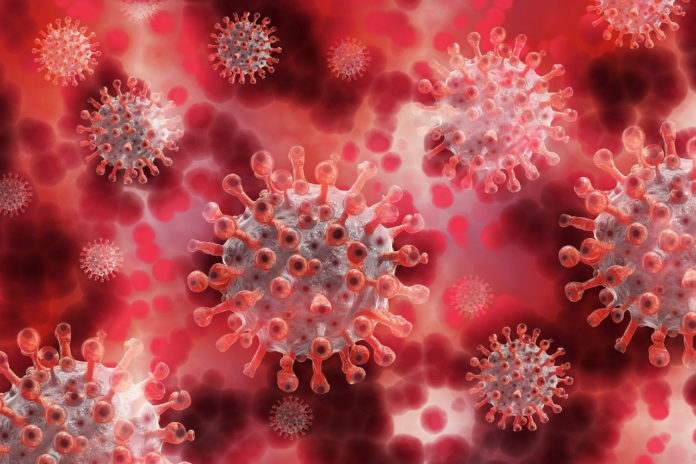An epidemic model developed by Professors in Texas Tech University’s Department of Mechanical Engineering through the Edward E. Whitacre Jr. College of Engineering that predicts COVID-19 spread recently made predictions for six representative U.S. states: California, Louisiana, New Jersey, New York, Texas, and Washington.
Through this model, scientists wanted to combine their expertise in bioengineering and computer modeling. The model incorporates the most critical and relevant parameters related to COVID-19, and to compute and interpret the results in terms of relevant parameters.
The model predicts that:
- In a continued lockdown, COVID-19 infections will persist for at least two years.
- Infections, however, will rapidly rise (by order of magnitude) if lockdown is lifted—peaking after two months—recurring yearly, similar to influenza.
- Repeated lockdowns and releases do not avoid an endemic infection, even following a White House release guideline of 14 days of declining cases or even a stricter 28 days.
- Earlier lockdowns would have cut COVID-19 deaths in New York, but, surprisingly, not in Texas.
- Infections could be curtailed by stringent measures like strict lockdown compliance, face masks, social distancing, contact tracing, and isolation, etc.
- By Oct. 1, there could potentially be 3 million COVID-19 cases and 235,000 total deaths in the U.S.
Zeina Khan, a research assistant professor of mechanical engineering, said, “We decided to create a new model of this coronavirus to predict a larger range of parameters that prior models don’t. One major feature is the asymptomatic spreaders—people who don’t know they are sick, wander into society, and spread the virus. Another feature is the lockdown that we all have experienced. We decided to start from that perspective and build a new model. This kind of model is described as a compartment model, where society is divided into conceptual compartments.”
The compartments used in the model include susceptible, undetected infected, detected infected, detected recovered, social distancing, undetected recovery/death, and detected deaths.
Khan explained, “The susceptible population is the majority of the population of a region or country at the onset of the disease. There’s a small number of what we call ‘unknown infected because they’re not sick enough to realize and go for testing, be hospitalized, or stay home. There’s a small number of those who start the spread of the infection. Then, as people’s symptoms progress, or as a result of randomized testing, they become detected infected. These detected infected people either go on to recover, which puts them in a new compartment, or they die, and that’s another compartment.”
Fazle Hussain, the President’s Endowed Distinguished Chair in Engineering, Science & Medicine, said, “other aspects also play a pivotal role in who may or may not be more susceptible to contract COVID-19.”
“Factors such as culture, food habits, political systems, skin color, and latitude are variables. For example, with China’s political system, if they are ordered to stay six feet away from one another tomorrow, everyone would comply. Latitude is a major factor because of how much sunshine a person is exposed to.”
Journal Reference:
- Khan et al., A Predictive Model for COVID-19 Spread Applied to Six US States. arXiv:2006.05955 [q-bio.PE]. arxiv.org/abs/2006.05955
